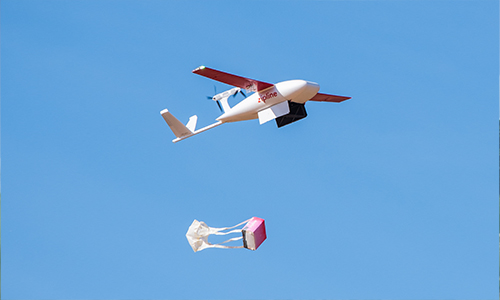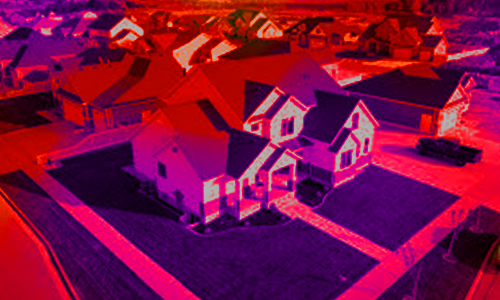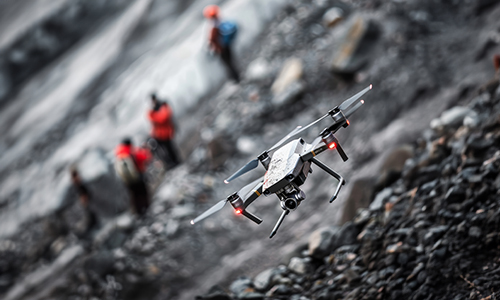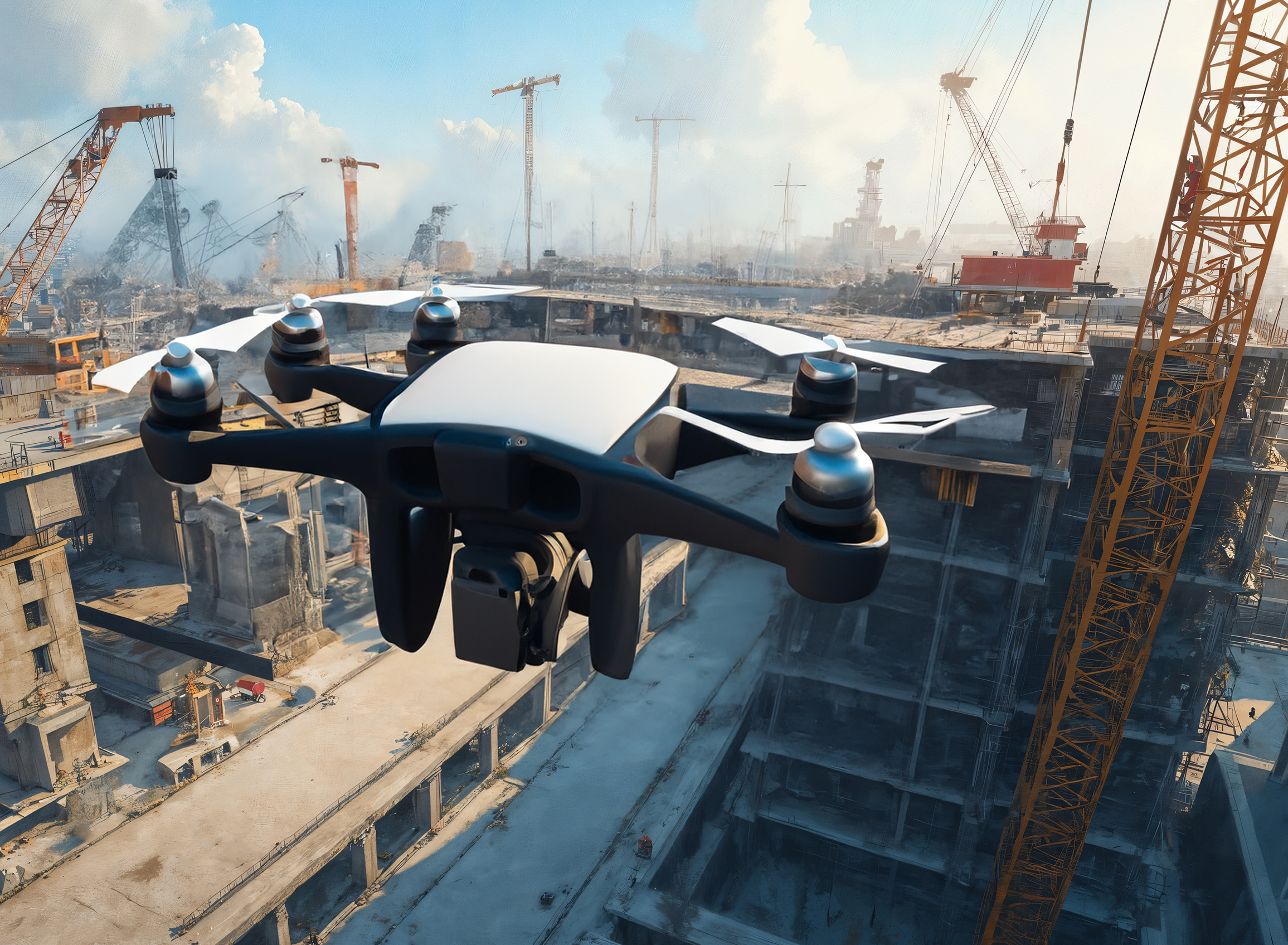-
What We Do
Architecture, Engineering & Construction Services
Products
Artificial Intelligence
Data Analytics Services & Solutions
- Enterprise Data Management
- Big Data Services
- Data Science
- Database Services
- Business Intelligence & Dashboards
- Data Integration Services
Automation Services
Software Testing Services
Product & Application Development
Animation
Other Animation Services
- Freight Bill Processing
- Freight Audit And Payment Portal (FAP)
- Invoice Processing
- Air WayBill Processing
- Freight & Cargo Bill Of Lading Processing
- Inland Freight Bill Auditing
- Ocean Freight Auditing
- Freight, Truck & Cargo EDI Implementation
- Purchase Order Entries
- Carriers Insurance Document Management
- Freight, Truck Rate Contract Management
- Tracking & Tracing Status Updates
- Freight Weight Reconciliation
- Driver Log Management
- Freight Rate Reconciliation
- Bill Of Lading Drafting
- Customs - Discharge List & Manifest Creation And Submission
- Customs - Bill Of Entry Submission For Import/Export
- Customer Support Services
- Freight Forwarder Import And Export Operation Services
- Carrier On-Boarding Document Verification & Reference Checking Process
Media Monitoring
Tracking Services
- About Us
- Insights
Vee Technologies’ extraordinary expertise leads to remarkable results.
We share insights, analysis and research – tailored to your unique interests – and make case studies and whitepapers to help you deepen your knowledge and impact.
Product Engineering Solutions
- Leading manufacturer of Residential/Commercial Lawn Mowers with a historical record
- A leading fire truck vehicle manufacturer enhances design and development with Vee Technologies' comprehensive design Solutions
- Explore More...
AEC
- Careers
- Newsroom
- Contact Us

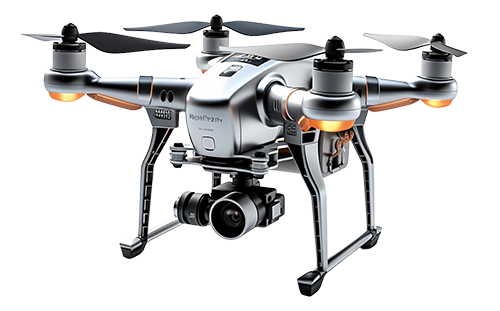 The drone pictured to the right uses a motor with speed controllers to drive propellers for lift, flight, and control. All drones will have landing gear, GPS modules, a receiver, and a battery. What sets drones apart is the payload they carry. In this case, the drone is holding a camera as its payload. Another drone might have weapons, medicine, or literally anything needed. Understanding these components and their functions is crucial to comprehending drones' capabilities.
The drone pictured to the right uses a motor with speed controllers to drive propellers for lift, flight, and control. All drones will have landing gear, GPS modules, a receiver, and a battery. What sets drones apart is the payload they carry. In this case, the drone is holding a camera as its payload. Another drone might have weapons, medicine, or literally anything needed. Understanding these components and their functions is crucial to comprehending drones' capabilities.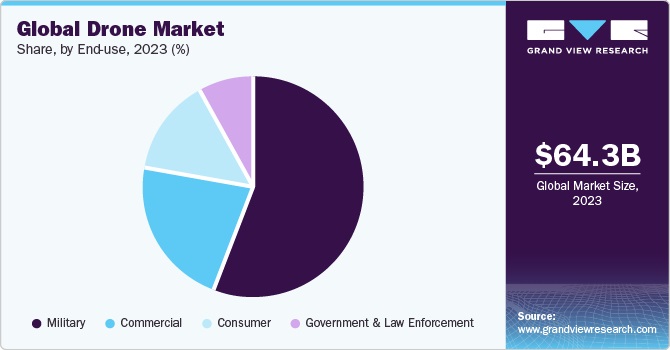 The FAA has already issued nearly 800,000 pilot licenses through its TRUST program, ensuring that drone pilots are knowledgeable and responsible. With an estimated 9.5 million drones set to be used worldwide by 2029, these regulations are crucial for this technology's safe and responsible use.
The FAA has already issued nearly 800,000 pilot licenses through its TRUST program, ensuring that drone pilots are knowledgeable and responsible. With an estimated 9.5 million drones set to be used worldwide by 2029, these regulations are crucial for this technology's safe and responsible use.